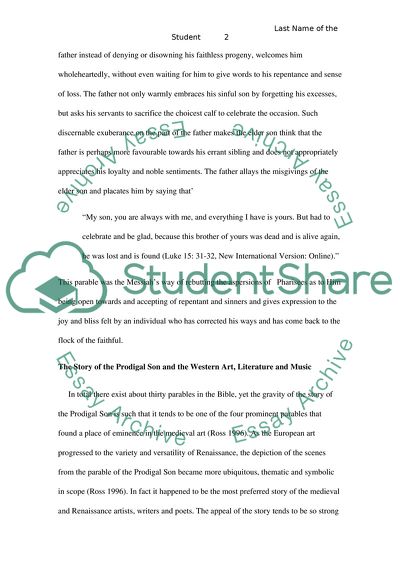Cite this document
(“Choose a medieval work of art and analyse it in terms of its method of Essay”, n.d.)
Choose a medieval work of art and analyse it in terms of its method of Essay. Retrieved from https://studentshare.org/miscellaneous/1560659-choose-a-medieval-work-of-art-and-analyse-it-in-terms-of-its-method-of-narrative
Choose a medieval work of art and analyse it in terms of its method of Essay. Retrieved from https://studentshare.org/miscellaneous/1560659-choose-a-medieval-work-of-art-and-analyse-it-in-terms-of-its-method-of-narrative
(Choose a Medieval Work of Art and Analyse It in Terms of Its Method of Essay)
Choose a Medieval Work of Art and Analyse It in Terms of Its Method of Essay. https://studentshare.org/miscellaneous/1560659-choose-a-medieval-work-of-art-and-analyse-it-in-terms-of-its-method-of-narrative.
Choose a Medieval Work of Art and Analyse It in Terms of Its Method of Essay. https://studentshare.org/miscellaneous/1560659-choose-a-medieval-work-of-art-and-analyse-it-in-terms-of-its-method-of-narrative.
“Choose a Medieval Work of Art and Analyse It in Terms of Its Method of Essay”, n.d. https://studentshare.org/miscellaneous/1560659-choose-a-medieval-work-of-art-and-analyse-it-in-terms-of-its-method-of-narrative.


